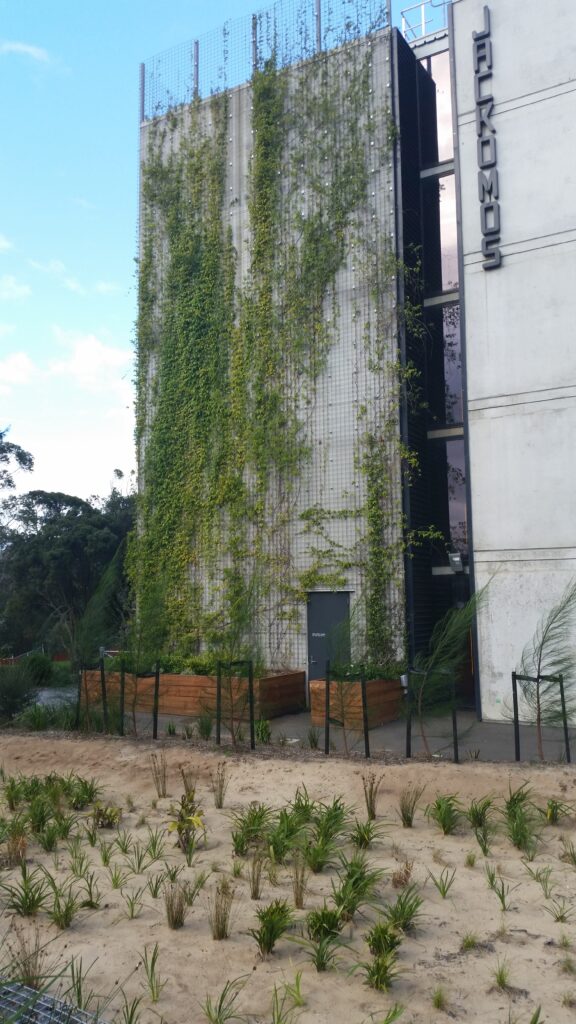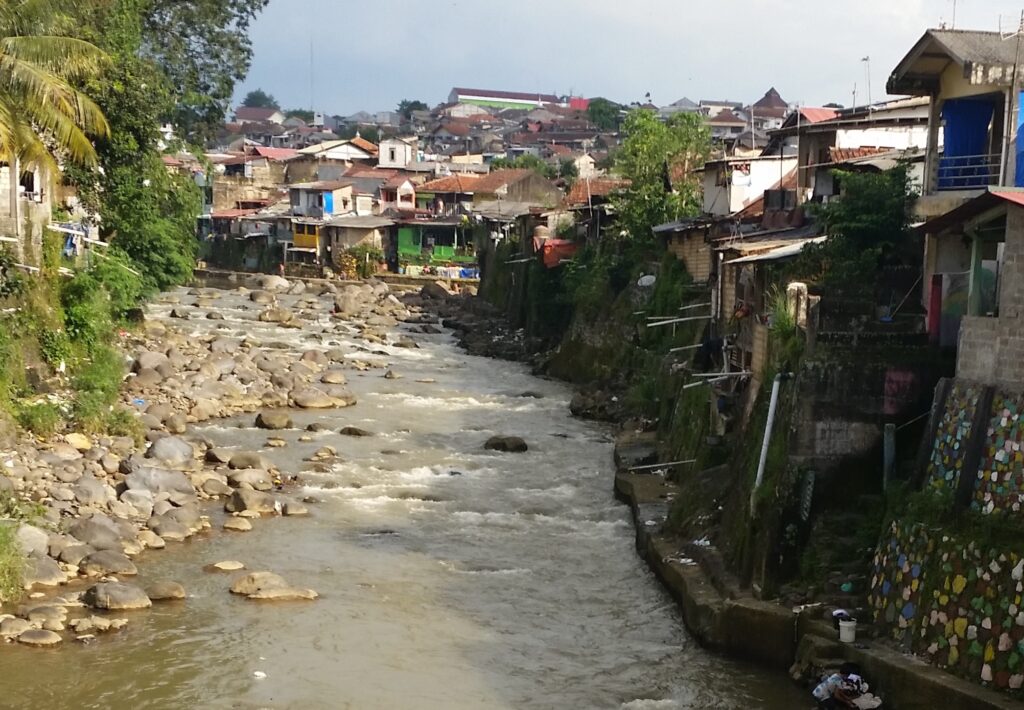Below is a snapshot of some of the projects I have been involved in during my phd and postdoc time.
Integrated multi-functional urban water systems

This project, affiliated with the CRC for water sensitive cities, delivered Water Sensitive Urban Design WSUD technology (bioretentions, living walls, green walls) that are optimised to treat multiple water sources within urban landscapes for either discharge into waterways or for recycling applications whilst providing improvements in the surrounding micro-climate. I was closely involved in the optimisation of bio retentions and development of living walls for grey water treatment.
What are Living walls treatment systems? They are Green façades made up of vertically-growing climbers that are rooted in the ground or in containers at the base of the wall. Plants are grown in a sand-based media which universally functions as a biofiltration system. The system treats grey water produced in the building for on-site non-potable re-use.
The results of this work was adopted in the design of the first living wall grey water system at EIBC building by a metropolitan council. The research findings were synthesised in the form of technical guidelines to facilitate adoption by industry. You can read more about this project here.
Picture on left: Living wall, Monash University Clayton Campus
Zero additional maintenance water sensitive urban design

Zero Additional Maintenance Water Sensitive Urban Design (ZAM-WSUD) is a water sensitive urban design system, essentially a bio retention system, that has been designed to generate minimal maintenance for the asset owner. The aim of this project, initiated by Manningham City Council, in partnership with Melbourne Water and the CRC for Water Sensitive Cities, was to quantify the nutrient removal performance of a range of lawn species (previously implemented in the field) and elucidate on their capacity to meet regulatory requirements and best practice standards. The results of the study can be found here.
Leapfrogging towards a water sensitive city: Exploring pathways for Bogor

Development of biofiltration technology for stormwater management for Jiangsu, China

The aim of this applied research project was to deliver the proof of concept of stormwater biofilter technologies, focusing on raingardens and living walls, for effective management of stormwater pollution for the Jiangsu province, China. This was achieved through an extensive laboratory study, modelling, pilot testing and technology dissemination. The innovation was in tailoring these systems for Jiangsu climate and environments. The project was funded by Victorian Government, Monash University and Chinese partners. The laboratory study comprised 105 large scale columns, testing 22 different plant species under a range of operational conditions. More details can be found in our publication.
ABC Waters Evaluation and Modelling: Punggol New Town – C39 Precinct

A collaborative project bringing together a synergetic team of ABC Waters designers, field assessment and water quantity and quality modellers. The aim of this project was to evaluate and model ABC Waters treatment elements. The developed models will be applied to ABC Water design features at other locations in Singapore and in tropical climate conditions. The modelling research project has led to recommendations to Singapore’s national water agency, PUB, on modelling tools for mainstreaming nature based solutions for stormwater management in Singapore and other tropical climates.